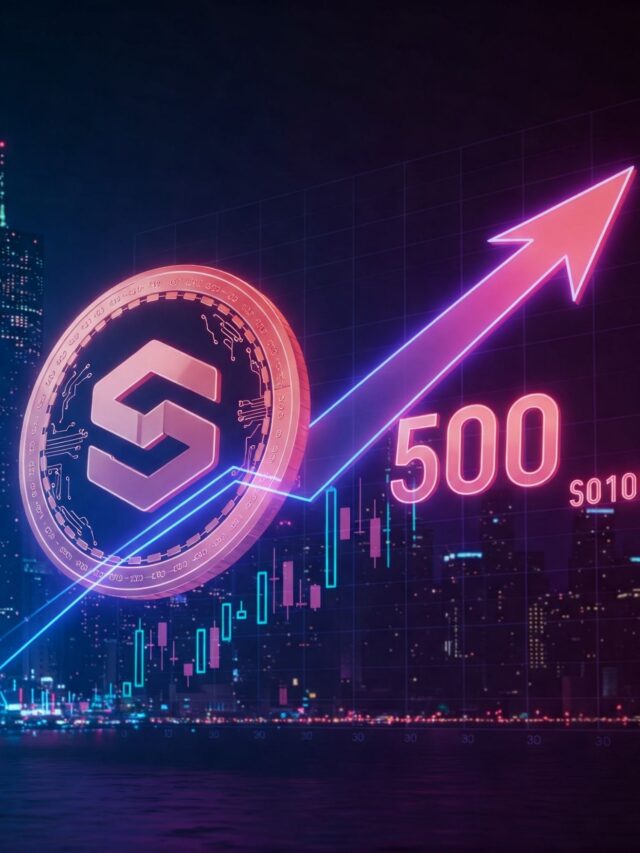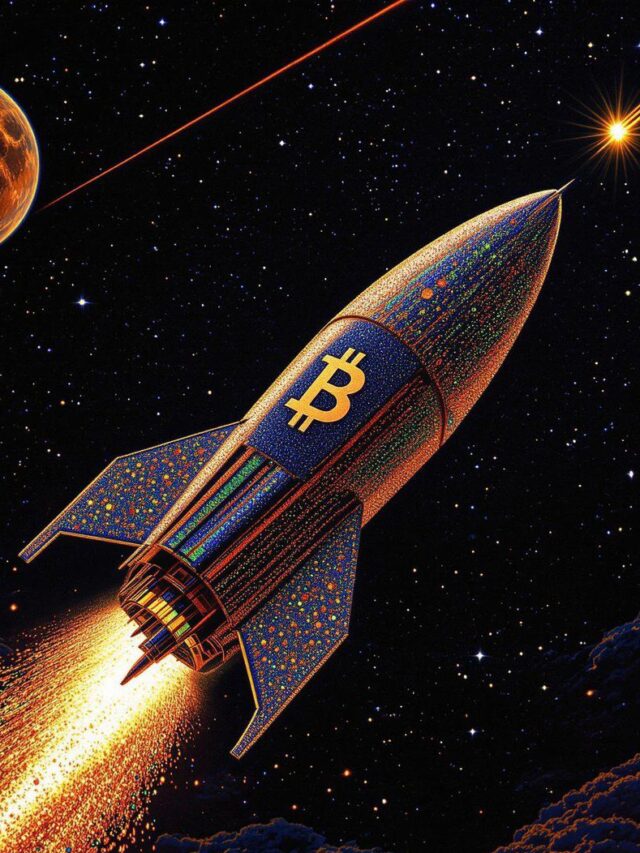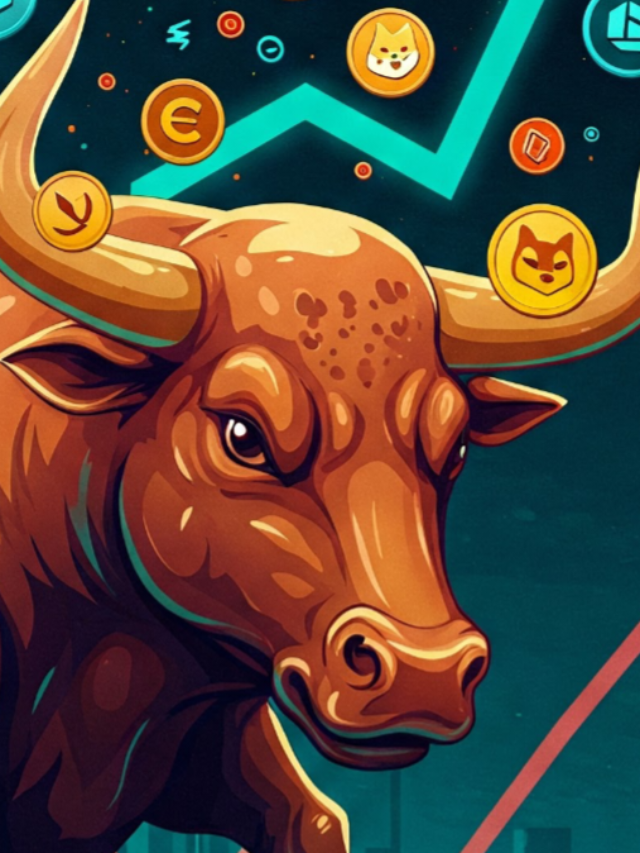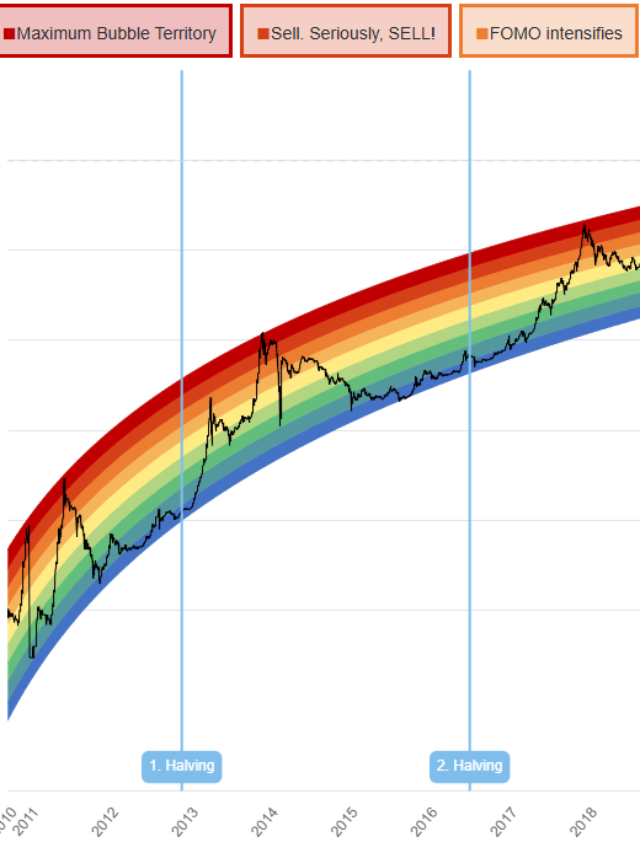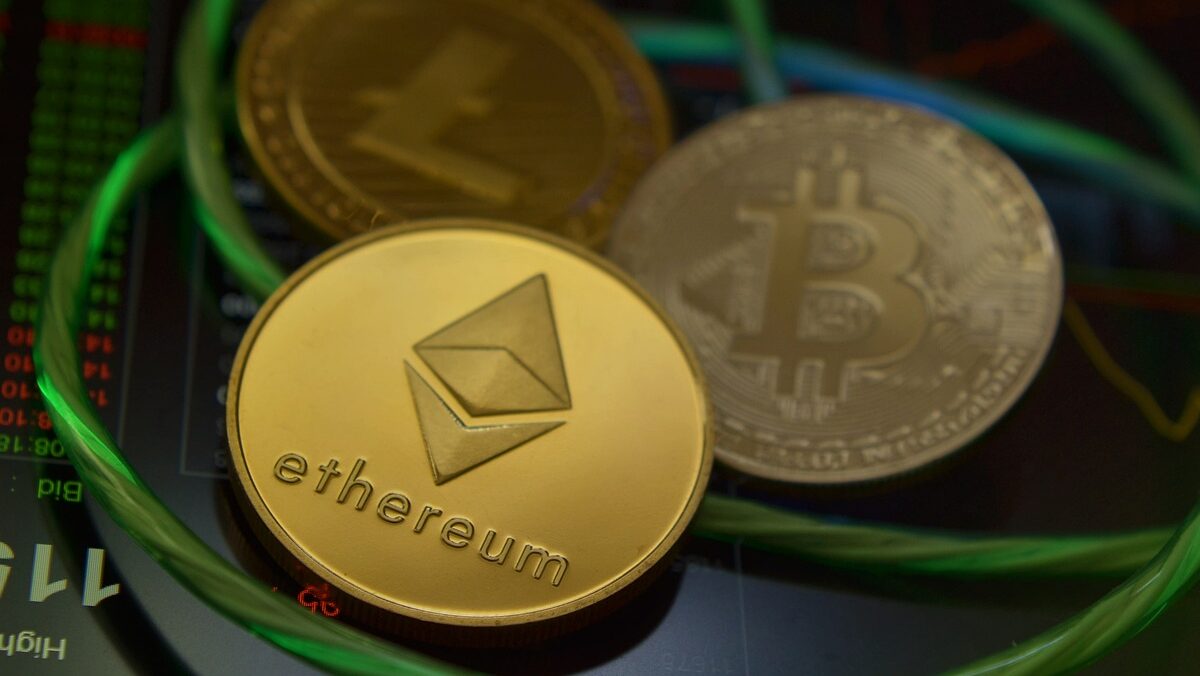The ETH Blockchain, or Ethereum, is a public and open platform that lets people create smart contracts. It was made so that developers can build and run decentralized applications (DApps) with its strong programming features. Unlike regular blockchains, Ethereum can be used for many different things, not just basic money transactions. It is the basis for Web3 and the decentralized internet, providing exciting new opportunities for growth and creativity.
1.Why is Ethereum significant in the blockchain ecosystem?
Ethereum changed the blockchain world by bringing in the idea of programmable blockchains with smart contracts. These agreements work on their own and led to new trends like Decentralized Finance (DeFi), Non-Fungible Tokens (NFTs), and Decentralized Autonomous Organizations (DAOs). Also, Ethereum keeps improving, offers easy-to-use tools for developers, and has an active community, making it a top player in blockchain technology.
2. The Birth of ETH Blockchain
Ethereum’s Founders and Vision
Ethereum was created by Vitalik Buterin, a smart programmer who thought that blockchain could do more than just handle money like Bitcoin. Together with co-founders Gavin Wood, Joseph Lubin, Anthony Di Iorio, and others, Vitalik imagined a shared computer that anyone could use to run smart contracts and decentralized apps (DApps). Gavin Wood helped a lot by creating the Solidity programming language and writing the Ethereum Yellow Paper, which were key to making this idea a reality.
Launch Timeline (2013-2015)
- 2013: Vitalik Buterin published the Ethereum whitepaper, proposing a blockchain platform for decentralized applications.
- 2014: Ethereum’s ICO raised over $18 million, making it one of the most successful crowdfunding campaigns at the time.
- 2015: Ethereum launched its mainnet, “Frontier,” marking the official beginning of the platform.
Ethereum Whitepaper: Key Concepts
The Ethereum whitepaper laid out the foundational concepts of the platform:
- Smart Contracts: Self-executing code that automates agreements.
- Turing Completeness: A programming capability allowing developers to create any application.
- Decentralized Applications: Applications running on a distributed network without central control.
- Ether (ETH): Ethereum’s native cryptocurrency, used for transaction fees and network operations.
3. Core Features of ETH Blockchain
Smart Contracts and Decentralized Applications (DApps)
Smart contracts are a key part of Ethereum. They are programs that run on their own when certain conditions happen, so there’s no need for middlemen. Decentralized Applications, or DApps, use these contracts to function in a clear, safe way and without interruptions. This makes them perfect for areas like finance, gaming, and supply chain management.
Ethereum Virtual Machine (EVM)
The EVM is like a virtual computer that makes sure smart contracts run the same way on all Ethereum computers. This common setup helps developers write code in Solidity or other languages and use it on the Ethereum network.
Gas Fees and Its Importance
Gas fees are the charges you pay to use the computing power needed for transactions or smart contracts on Ethereum. These fees help to manage which transactions go through first and stop unwanted activity on the network. While gas fees can change a lot, especially when the network is busy, they are important for keeping the network safe and running smoothly.
4. Milestones in Ethereum’s Journey
Ethereum Mainnet Launch (2015)
When Ethereum’s main network, called “Frontier,” started, it created a new type of blockchain that could be programmed. This allowed developers to build and run their own applications that work without a central authority, beginning a fresh time for creativity in the blockchain world.
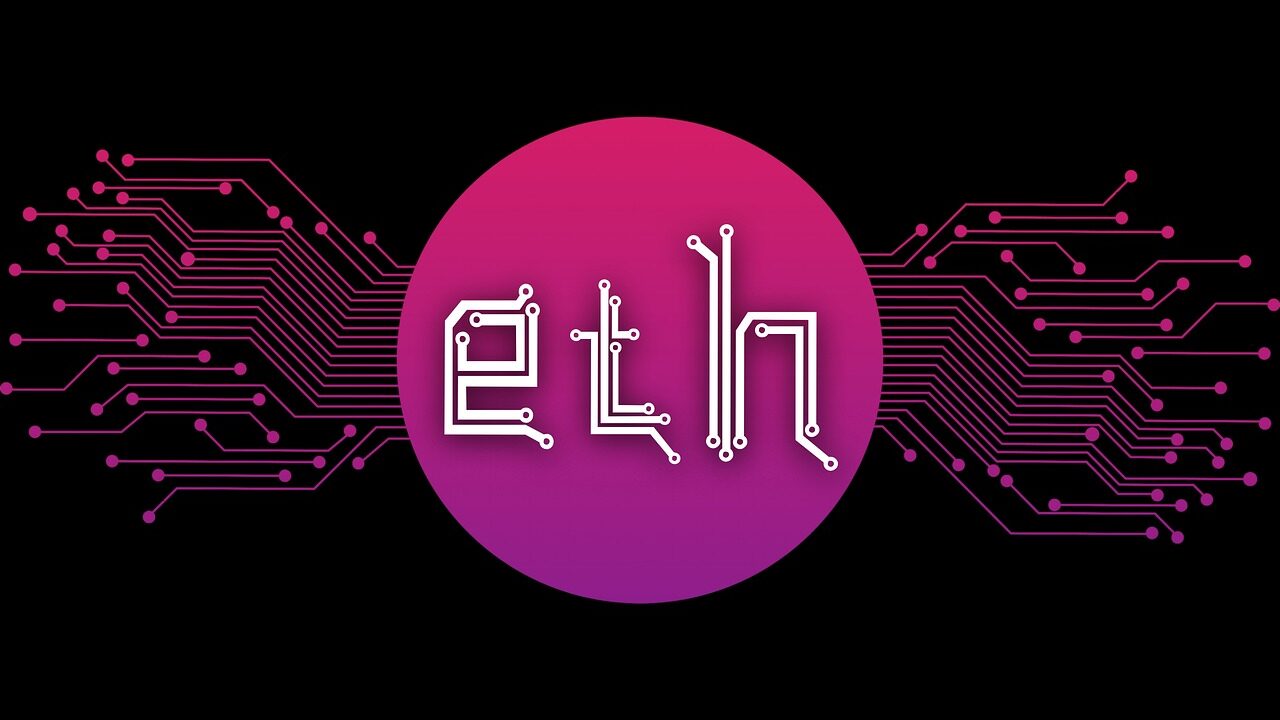
Significant Upgrades
- Homestead (2016): Improved network stability and introduced features for user-friendly development.
- Metropolis: Byzantium and Constantinople (2017-2019): Brought enhancements in security, scalability, and functionality, paving the way for mass adoption.
- Istanbul Upgrade (2019): Increased interoperability with other blockchains and optimized gas costs for various operations.
- Ethereum 2.0 and the Beacon Chain (2020): Introduced Proof of Stake (PoS) through the Beacon Chain, laying the groundwork for Ethereum’s transition from Proof of Work (PoW).
- The Merge: Transition to Proof of Stake (2022): Significantly reduced Ethereum’s energy consumption by replacing energy-intensive mining with staking.
5. Ethereum’s Ecosystem Growth
Rise of ICOs on ETH Blockchain
Ethereum’s ability to adapt led to the development of tokens with rules like ERC-20, which helped boost Initial Coin Offerings (ICOs). From 2016 to 2018, many projects collected billions of dollars through ICOs, mainly using Ethereum as their platform.
Evolution of DeFi (Decentralized Finance)
DeFi uses smart contracts from Ethereum to offer financial services that are not controlled by any single entity. This includes things like lending, borrowing, and trading. Platforms like Uniswap, Compound, and Aave have changed the way we think about finance by getting rid of middlemen and being more open about their processes.
The Role of ETH in NFTs and Gaming
Ethereum made NFTs famous with its ERC-721 standard, which allows one-of-a-kind digital items to stand for things like art, collectibles, and online products. This change transformed areas such as gaming and digital art, and platforms like OpenSea and Axie Infinity became very popular.
Impact on DAOs (Decentralized Autonomous Organizations)
DAOs, or Decentralized Autonomous Organizations, use smart contracts on Ethereum to help communities run things together. This means they can handle resources and make decisions as a group without needing a boss. Well-known DAOs like MakerDAO and Aragon show how Ethereum can change the way groups are organized.
6. Challenges Faced by ETH Blockchain
Scalability Issues
Ethereum struggles with handling many transactions at once, which is called the “scalability trilemma.” When there is a lot of activity, transactions can slow down and become crowded.
High Gas Fees
Gas fees can become prohibitively expensive during network congestion, discouraging smaller users and projects from utilizing Ethereum.
Competition from Other Blockchains
Blockchains like Binance Smart Chain, Solana, and Cardano offer faster and cheaper alternatives, posing stiff competition to Ethereum’s dominance.
7. Ethereum Today
Current Use Cases and Adoption
Ethereum powers a wide array of applications, including:
- DeFi platforms like MakerDAO and Yearn Finance.
- NFT marketplaces such as OpenSea and Rarible.
- Enterprise solutions in supply chain, identity verification, and healthcare.
Ethereum’s Position in the Market (ETH Price Trends)
ETH consistently ranks among the top cryptocurrencies by market capitalization. Its price has seen significant growth, driven by technological advancements, ecosystem development, and increasing adoption.
BNB Chain: A Comprehensive Guide to Its Ecosystem and Future
Notable Partnerships and Integrations
Ethereum has partnered with major corporations like Microsoft (Azure Blockchain) and JPMorgan (Quorum). It’s also a founding member of the Enterprise Ethereum Alliance (EEA), promoting blockchain adoption in enterprise settings.
Current Trends (2024-2025)
- Liquid Staking Growth: Platforms like Lido and Rocket Pool have gained traction, allowing ETH holders to stake while maintaining liquidity.
- Surge in Rollups: Rollup technologies like Optimism and zkSync are driving scalable transactions while retaining Ethereum’s security.
- Institutional Adoption: Financial institutions are increasingly exploring Ethereum for tokenization of assets and DeFi applications.
- Regulatory Developments: Governments and regulators are focusing on Ethereum due to its widespread use in DeFi and NFTs.
8. The Future of ETH Blockchain
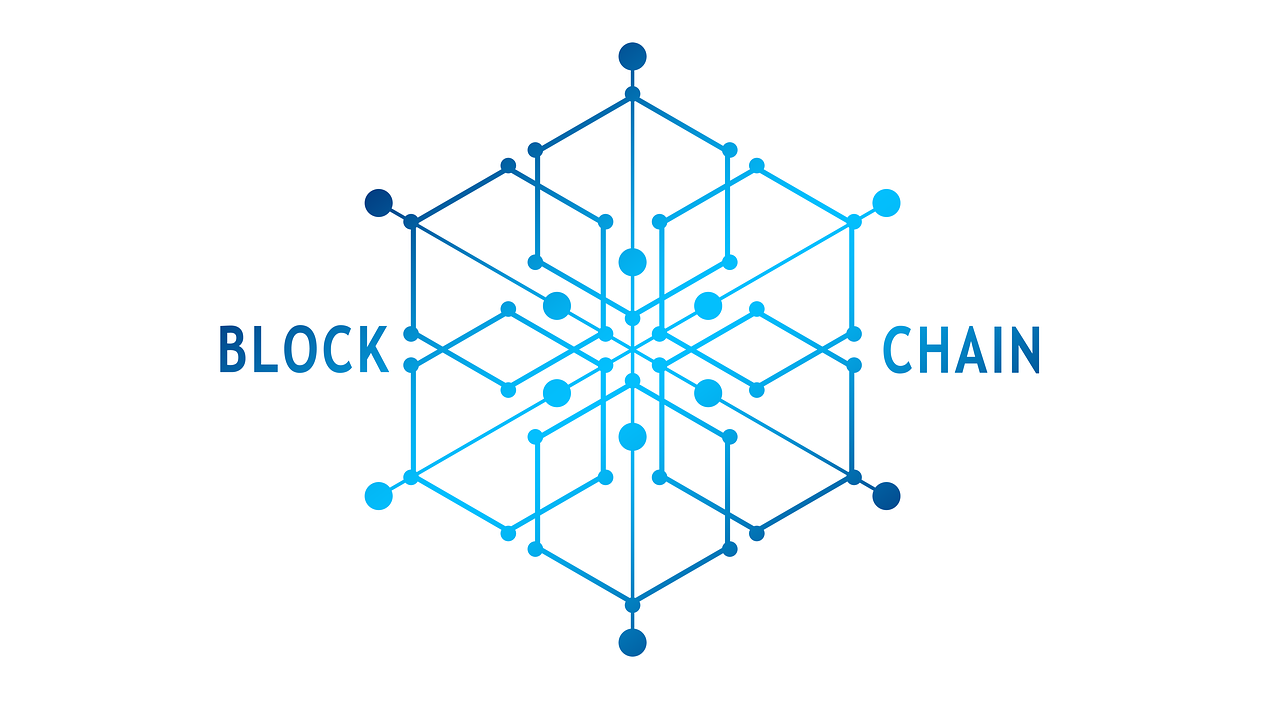
Upcoming Upgrades: Shanghai and Beyond
The Shanghai upgrade will allow people to withdraw their staked ETH, making it easier to stake. In addition, Ethereum plans to introduce sharding, which will greatly boost its capacity and speed.
Vision for Scalability with Layer 2 Solutions
Layer 2 solutions like Optimism, Arbitrum, and zkSync aim to alleviate congestion by processing transactions off-chain while maintaining Ethereum’s security and decentralization.
Ethereum’s Role in Web3
As the backbone of Web3, Ethereum empowers developers to create a decentralized internet where users control their data, identities, and digital assets. This vision aligns with the broader goals of fostering privacy, security, and ownership.
9. Conclusion
Ethereum’s Impact on the Blockchain World
Ethereum has set the standard for blockchain innovation, enabling decentralized applications, programmable contracts, and tokenized economies. Its influence extends across industries and continues to inspire new developments.
Why ETH Blockchain is Pioneering Decentralization
Ethereum’s open-source nature, active community, and robust infrastructure make it a trailblazer in decentralization, empowering individuals and organizations worldwide to build trustless systems.
10. FAQs on ETH Blockchain
What makes Ethereum different from Bitcoin?
While Bitcoin focuses on being a store of value and digital currency, Ethereum’s primary innovation lies in its programmability, enabling smart contracts and DApps.
How does ETH Blockchain enable smart contracts?
Ethereum’s EVM and the Solidity coding language help developers create programs that run on their own when certain conditions are met. This makes the process clear and efficient.
What’s next for Ethereum after the Merge?
Post-Merge, Ethereum plans to focus on scalability, energy efficiency, and usability through upgrades like sharding, Layer 2 integrations, and enhanced developer tools.
